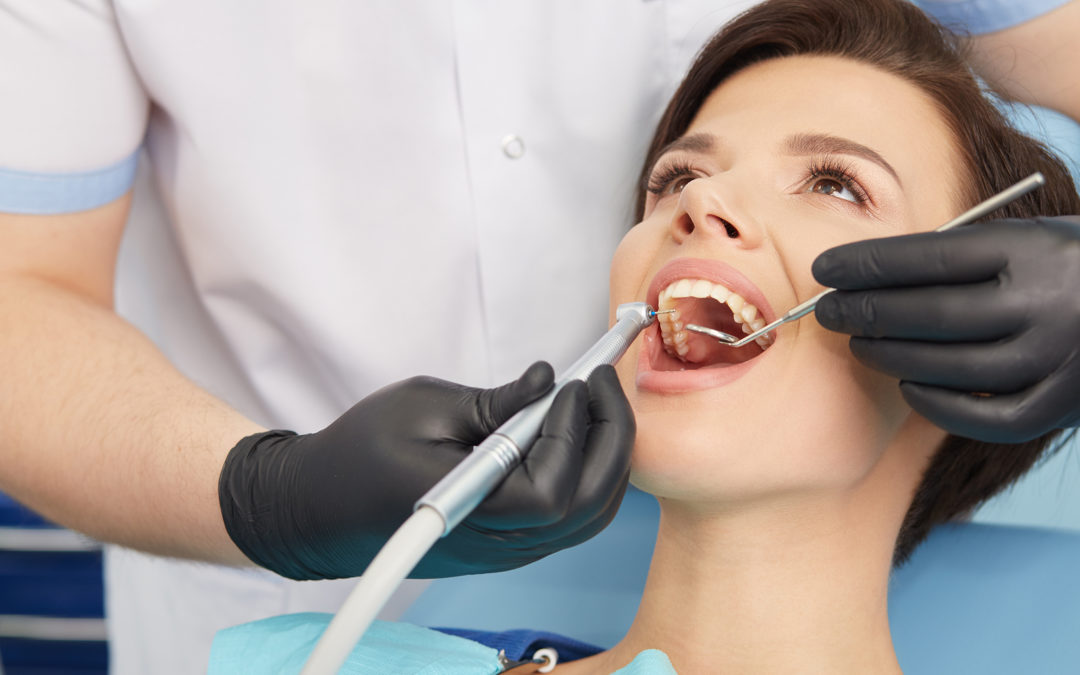Orthodontic treatment is an investment in health, self-confidence, and the future. It’s a significant monetary investment as well. After doing all the research and asking all the questions to find the right orthodontic provider, navigating the payment arrangements comes next. Think braces.
Now more than ever, do your due diligence to save money where possible.
Insurance
Approximately 50 percent of those seeking orthodontic treatment do not have coverage. If you have orthodontic insurance, congratulations!
A few tips for getting the most benefit from your orthodontic insurance:
- Some insurance policies require a one-year waiting period, so you may have to sign up now for benefits next year
- If you may be interested in orthodontics in the future, get a free exam and check with your insurance supplier about coverage as soon as possible
- Beware of DHMO insurances. Although these may look good at first glance and provide little out-of-pocket expense for treatment, they pay very little to the doctor. This virtually guarantees you will receive lower quality materials and cost-cutting measures, which could provide a less-than-ideal result or experience. All braces and all doctors are not created equal, so be sure to do your homework if you are looking at an office that accepts DHMO insurance for treatment.
- Find the doctor you like because, for almost all orthodontic insurance, you will still get the same insurance benefit for in- or out-of-network doctors
- Ask your orthodontist for a complimentary benefits check
Flexible Spending and Health Savings Accounts
FSAs and HSAs allow the use of pretax dollars for qualified health-care expenses, which include orthodontics. Both types of accounts are a significant tax advantage and can be the most powerful way to save money on orthodontic treatment.
A few things to remember:
- FSA funds expire each year, so pay attention to your company’s deadlines
- Most companies require you to let them know ahead of time how much you would like to set aside
- If your employer does not provide access to an FSA account, ask a financial planner if you can participate in an HSA account. These accounts actually allow you to save significantly more money per year toward health care expenses and also do not expire at the end of each year.
- Know your enrollment periods; failing to sign up in time could cost you significantly more in after-tax dollars to pay for your treatment
Flexible Financing
Most offices will offer several options to pay for treatment, which may include:
- Paying in full to receive a certain percentage off
- Making a down payment and taking on one to two years of monthly payments
- Opting for an extended financing plan
Avoid Hidden Fees
If you opt for an extended financing plan, watch for missed payment fees or surprise charges. You also shouldn’t need to pay higher than a 7 or 8 percent APR for an extended payment plan. Shorter payment plans are available with a 0 percent APR.
When comparing orthodontists’ prices, look closely at the cheapest. Many offices offer low prices up front but hit you with fees later in treatment, making the total cost much higher. Fees for broken brackets, missed appointments, and cancellations and extra charges for retainers and the like can dramatically increase your total cost. Also, it is safe to assume that cheaper treatment fees are made possible by cheaper materials, lesser trained orthodontic team members, and other cost-cutting.
Also beware of any office that charges additional monthly fees after a certain point. For example, many lower-priced offices will charge extra if treatment extends beyond twenty-four months—creating an incentive for them to keep your braces on longer.
Fixing Bad Treatment
Not all braces are not created equal. Many cheap braces are made of cheap metals and lower-grade metals are much more likely to create irritation and sensitivity in patients. Cutting corners in manufacturing makes braces inconsistent in their dimension which makes treatment take longer or will compromise the quality of the results.
Consider quality while shopping because the cheapest orthodontic treatment in town may come with a significant hidden cost in dollars, time, comfort, and your end-results.
The time, energy, and dollars you are spending for dental health, a new smile, and a healthy bite are investments that should last a lifetime. Use insurance, spending/savings accounts, flexible financing, while wisely avoiding hidden fees and the cost of fixing bad treatment, to maximize your investment.






